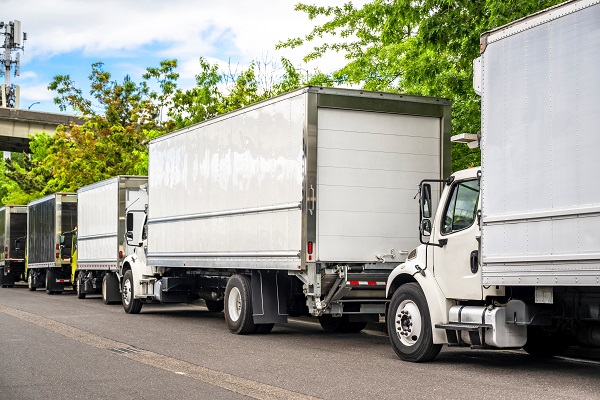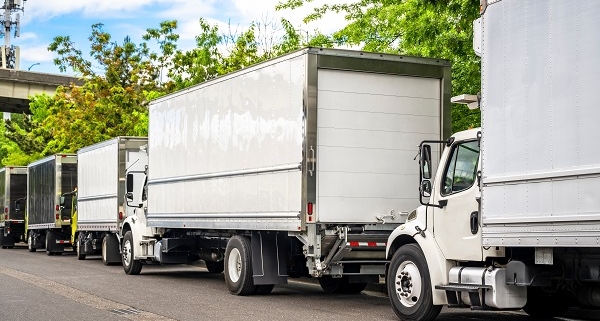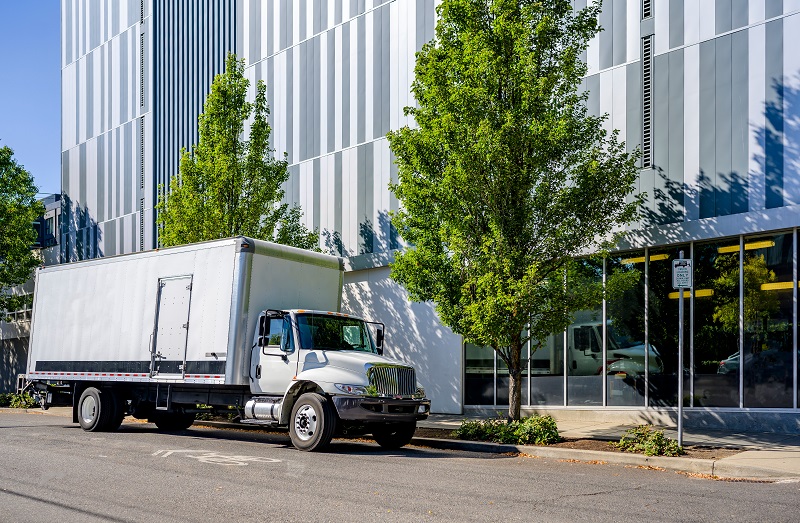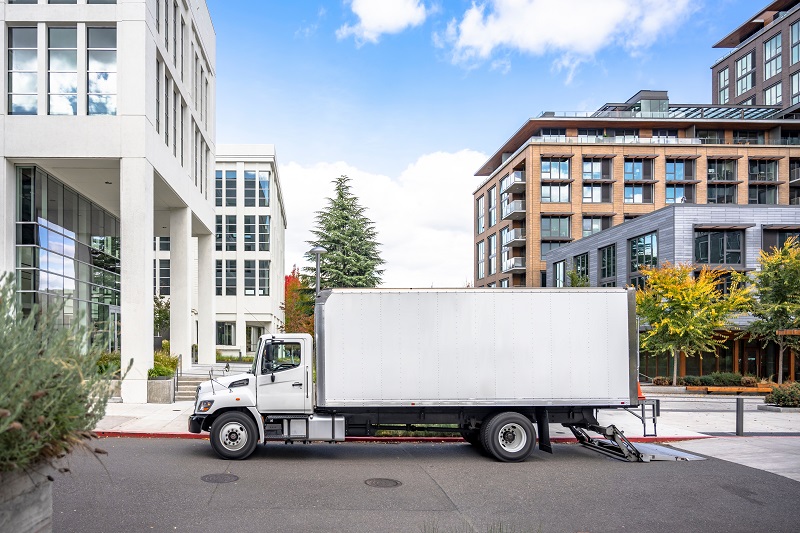Common Moving Truck Rental Mistakes in Vancouver and How to Avoid Them
Truck Rental Mistakes in Vancouver : Moving can be stressful, and renting a moving truck in Vancouver adds another layer of complexity if you’re not careful. Many people unknowingly make costly mistakes when booking, loading, or returning their rental truck. In this guide, we’ll explore the most common moving truck rental mistakes in Vancouver and how to avoid them, ensuring a smooth, cost-effective move.
1. Not Booking Early Enough
One of the most frequent mistakes is waiting until the last minute to rent a moving truck. Vancouver’s rental trucks can sell out quickly, especially during peak moving season (May to September).
How to Avoid It:
Book your moving truck at least 2–4 weeks in advance. Dysco offers an easy online reservation system that lets you choose the right truck size and rental dates quickly.
2. Choosing the Wrong Truck Size
Many people underestimate how much space they need, leading to multiple trips or damage from overloading. Conversely, overestimating can mean paying for a bigger truck than necessary.
How to Avoid It:
Take an inventory of your belongings and consult with Dysco’s sizing guide. A 5-ton truck is perfect for heavy-duty moves, while smaller trucks suit apartment or studio moves.
3. Ignoring Insurance and Liability Coverage
Some renters assume their personal auto insurance covers moving trucks or skip rental insurance to save money. This can lead to huge expenses if damage occurs.
How to Avoid It:
Dysco provides clear insurance options. Always opt for comprehensive coverage or confirm with your insurer that moving trucks are covered.

Truck Rental Mistakes in Vancouver
4. Not Inspecting the Truck Before Driving
Rushing through pickup without inspecting for scratches, dents, or mechanical issues can make you liable for pre-existing damage.
How to Avoid It:
Walk around the truck with a staff member, document any existing damage, and ensure all lights, brakes, and mirrors work before leaving the lot.
5. Failing to Plan the Route
Vancouver has narrow streets, low bridges, and busy traffic zones that can be challenging for large moving trucks.
How to Avoid It:
Use mapping tools that accommodate trucks, check for height restrictions, and plan loading/unloading zones in advance. Dysco staff can provide helpful advice on local routes.
6. Overpacking or Improper Loading
Incorrectly loading a truck can cause damage to your items or the truck itself. Overloading also risks safety and legal penalties.
How to Avoid It:
Distribute weight evenly, secure items with straps, and avoid stacking too high. Dysco trucks come equipped with tie-downs and cargo straps for safer transport.
7. Missing the Fuel Policy
Returning a truck without refueling or misunderstanding the fuel policy can lead to extra charges.
How to Avoid It:
Always fill the tank to the agreed level before returning. Dysco clearly outlines fuel requirements at the time of rental.
8. Neglecting Additional Equipment Needs
Many renters forget to rent moving dollies, blankets, or ramps, which can make loading difficult and increase the risk of damage.
How to Avoid It:
Ask Dysco about all available moving equipment to make your move safer and more efficient.
9. Underestimating Rental Costs
Hidden fees, mileage charges, or extra-day penalties can catch renters off guard.
How to Avoid It:
Read the rental agreement carefully. Dysco provides transparent pricing, including mileage, insurance, and any additional fees upfront.
10. Returning the Truck Late
Late returns often incur hefty penalties and may disrupt your schedule.
How to Avoid It:
Plan your move realistically, including loading, travel, and unloading time. Dysco offers flexible rental periods to accommodate delays when needed.

Truck Rental Mistakes in Vancouver
5 REASONS TO TRUST DYSCO FOR YOUR NEXT MOVE
10 FAQs About Moving Truck Rental in Vancouver
- How far in advance should I book a moving truck in Vancouver?
At least 2–4 weeks before your move to ensure availability, especially in summer. - What size truck do I need for a 2-bedroom apartment?
A 5-ton truck is usually sufficient for a 2-bedroom apartment, but check Dysco’s sizing guide for accuracy. - Do I need insurance for a rental truck?
Yes, it’s recommended. Dysco provides insurance options, or you can confirm coverage with your own provider. - Can I rent a truck for a one-way move?
Yes, one-way rentals are available, but fees may vary. - How do I inspect the truck before driving?
Walk around the vehicle with a staff member, check for dents or scratches, and test lights and brakes. - Are there restrictions on where I can drive the truck in Vancouver?
Some streets have height or weight limits. Plan your route in advance and use truck-friendly mapping tools. - What should I do if my items don’t fit?
Distribute weight evenly, avoid overstacking, and consider a larger truck if necessary. - How does fuel policy work?
Return the truck with the same fuel level as when rented to avoid additional charges. - Can I get moving equipment like dollies or straps?
Yes, Dysco offers moving equipment rentals to make your move safer. - What happens if I return the truck late?
Late returns may incur extra fees. Always plan your move realistically and communicate with Dysco if delays occur.
Conclusion:
Avoiding these common moving truck rental mistakes in Vancouver can save you time, money, and stress. From booking the right size truck to understanding fuel policies and insurance, careful planning ensures a smooth move. Dysco makes the rental process straightforward, reliable, and transparent, helping you focus on settling into your new home.







